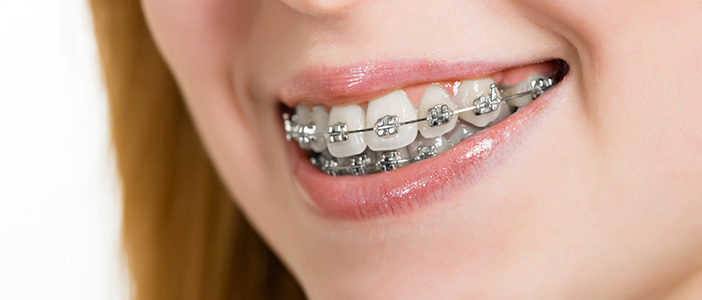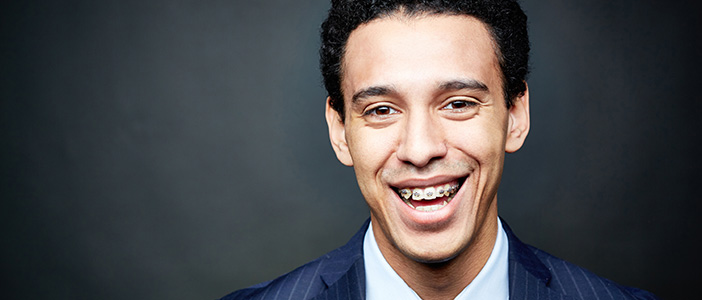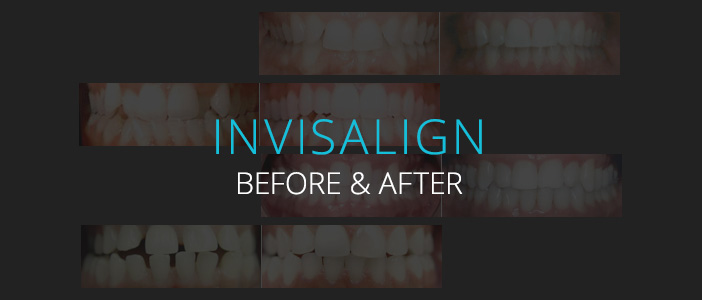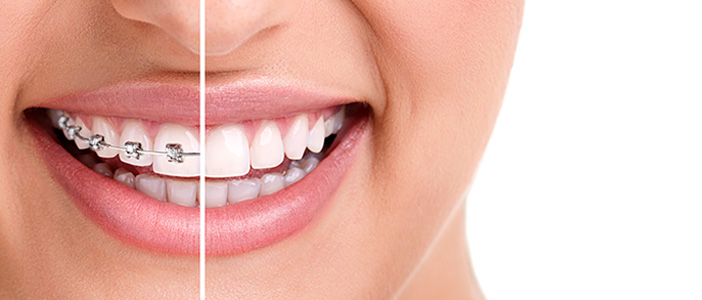Straightening a Smile Before Replacing Lost Teeth
Clear Aligners Can Offer Advantages Over Traditional Braces
Replacing a missing tooth — particularly in a highly visible area of the mouth — can do a lot to restore your smile and self-confidence. Today’s options for tooth replacement include state-of-the-art dental implants; crown and bridgework; and removable partial dentures. However, sometimes orthodontic treatment is recommended before a tooth or teeth can be replaced. Why would this be necessary?
If a tooth has been missing for a while, the teeth that were on either side of it can gradually drift into the space it occupied — taking up the room for the replacement tooth. This necessitates moving the neighboring teeth back into correct position. In addition, teeth that are not properly aligned might require dental restorative work, such as capping (dental crowns), to camouflage their poor position or orientation before any new teeth are placed.









